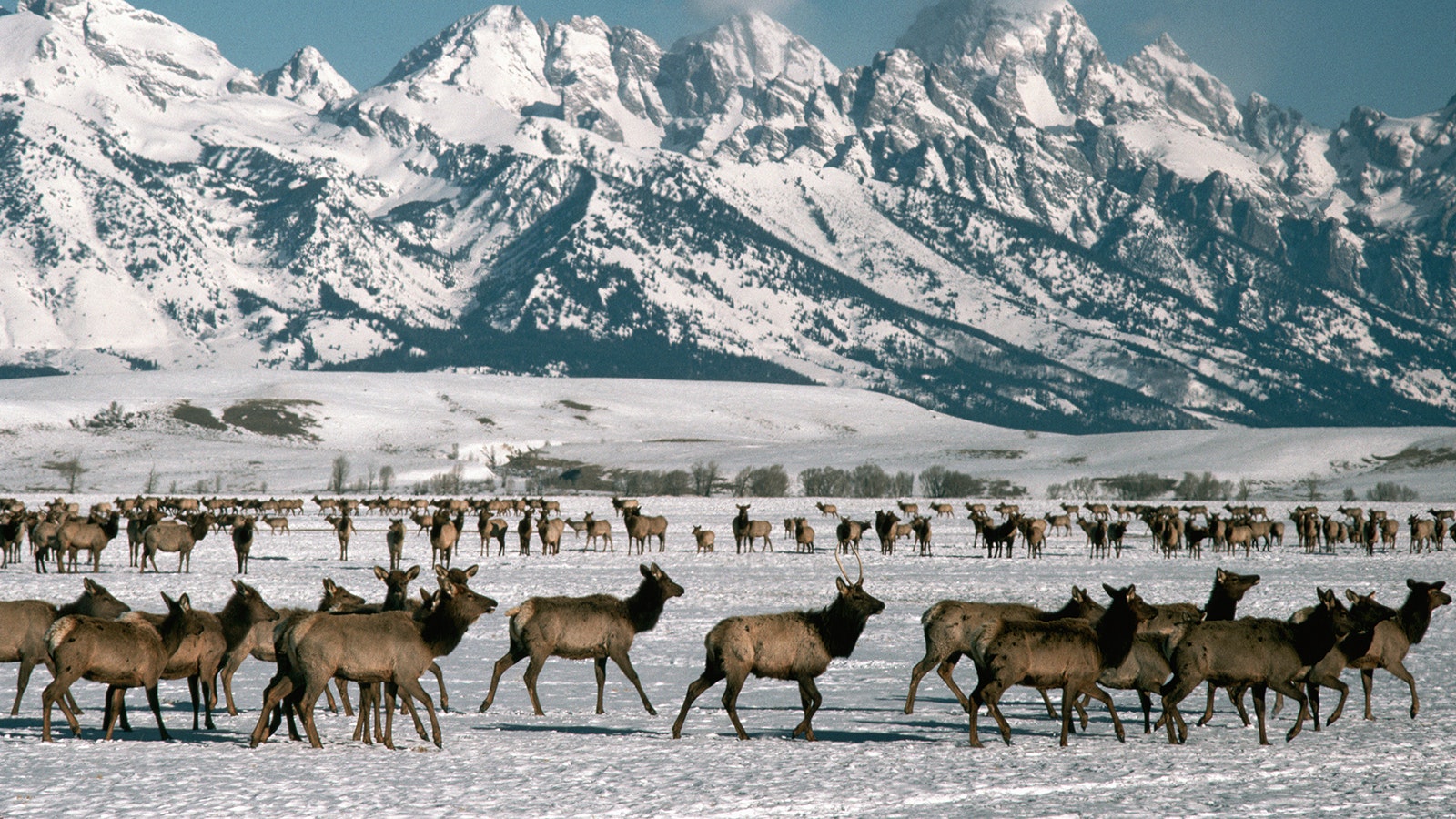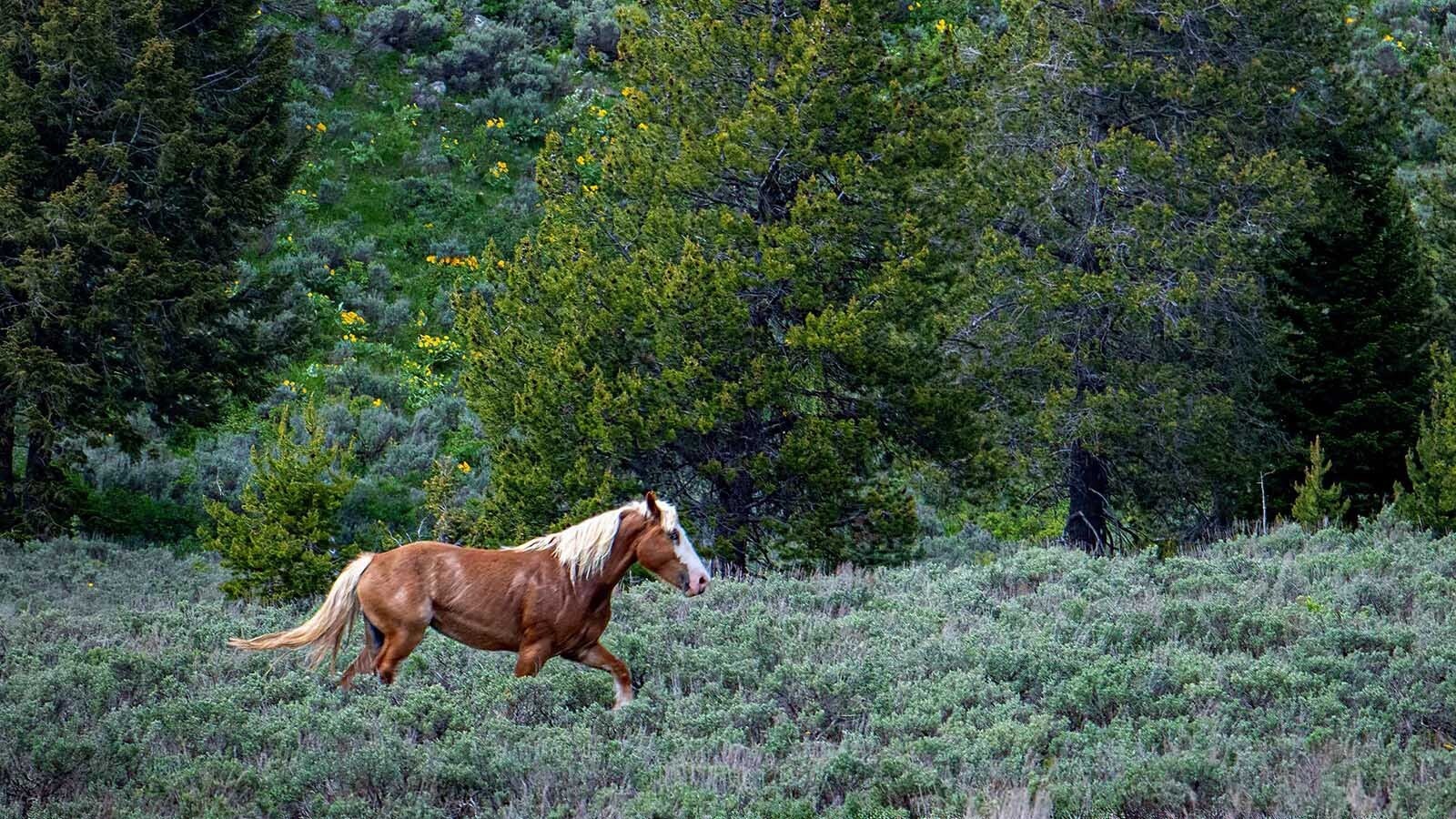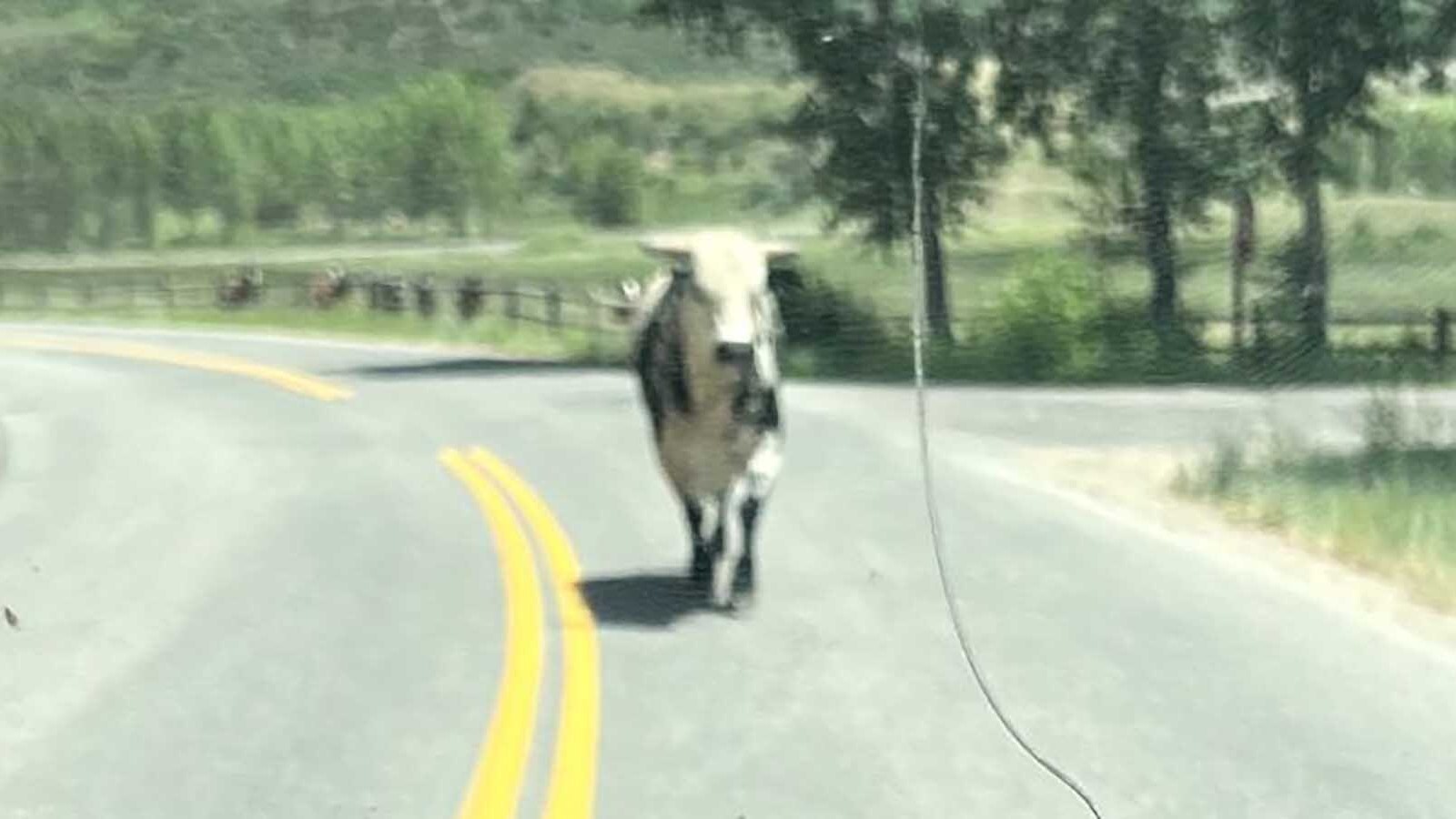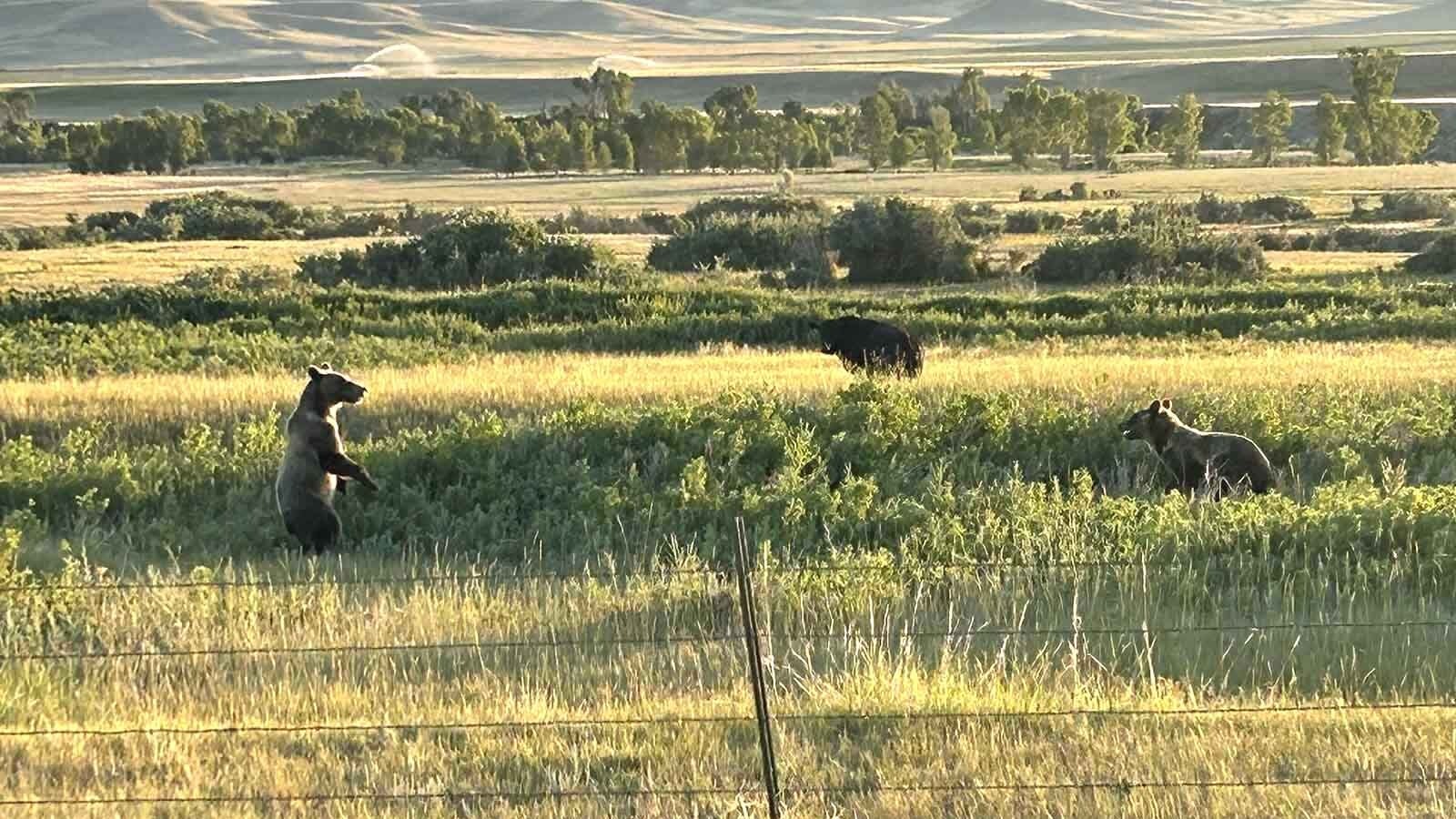Immediately pulling the plug on elk feeding grounds in Wyoming won’t work, despite a call to do so, game agents said.
But if other western states can get by without winter elk feeding programs, Wyoming can too, an environmentalist said.
“In every Western state except Wyoming, there are not elk feedgrounds, and somehow the ranchers get by and do just fine, and the elk get by and do just fine,” said Erik Molvar, executive director of the Western Watersheds Project.
He made his remarks late Tuesday during a webinar hosted by the Wyoming Game and Fish Department regarding the department’s proposal to revise its winter elk feeding program. The agency has also hosted several in-person meetings across the state to inform the public about the proposed changes and to take questions and comments.
‘Super-Spreader Sites?’
Molvar said that from his perspective, the elk feeding grounds, which are all in Western Wyoming, should be shut down immediately.
By cramming elk into close quarters, the feeding grounds have always been a vector for wildlife disease. And now that Chronic Wasting Disease has entered the picture, the feeding grounds could become “super-spreader sites” for CWD, he said.
That in turn could cause the disease, which is always fatal to infected elk, deer and moose, to spread into treasured wildlife herds in Yellowstone National Park, Molvar said. Wiping out wildlife there could devastate the state’s tourism industry.
But simply halting elk feeding would be impractical and could have devastating side effects, said Brad Hovinga, the Game and Fish Jackson Region wildlife supervisor.
“Managing elk through feedgrounds” has been the policy in western Wyoming for nearly a century, he said. So abruptly ending it could throw things into chaos, he said. If any changes are to be made, they must be done incrementally over time and with a broad base of support among all the stakeholders, such as hunters and outfitters, as well as ranchers.
“It’s extremely complex and involves a lot of people,” he said.
Molvar noted that circumstances now are far different from when the winter elk feeding programs began in the early 20th century. Elk herds in the area then numbered nearly 300,000, but have since shrunk to around 8,000 or so.
“There’s really no excuse for having elk feed grounds and feeding elk on winter range,” he said.
Ag Has Also Expressed Concern
Game and Fish last month released its draft plan to revise the elk feeding program.
Among the agency’s stated long-term goals is to reduce elks’ dependency on the feeding grounds to make it through the winter. Among other things, there has been concern about the feeding grounds spreading diseases such as CWD and brucellosis.
Brucellosis is of particular concern to ranchers, because when it spreads from elk to cattle, it causes cows to spontaneously abort their calves. Moreover, maintaining “brucellosis free” status for Wyoming cattle is vital to transporting and marketing beef across state lines.
The draft feeding ground plan has drawn some criticism from agricultural quarters, including Wyoming sheep rancher and Cowboy State Daily columnist Cat Urbigkit.
Ranchers have expressed concern that elk moving away from feeding grounds will move on to agricultural ground – raiding hay stacks, causing damage to fences and other infrastructure and spreading disease to livestock.
Some ranchers in eastern Wyoming have claimed an overabundance of elk crowding onto private property is causing such problems.
Hovinga and other Game and Fish officials said the agency takes those concerns seriously, which is another reason why they plant to take a slow, steady approach to lessening elks’ dependency on feeding grounds.
It might be “decades” for parts of the revision to take effect, Hovinga said, again emphasizing the Game and Fish isn’t planning any abrupt changes.
There also won’t be any one-size-fits-all solution, said John Lund, the Game and Fish Pinedale region wildlife supervisor.
“Every single feedground is different, and they have different issues,” he said.
Mark Heinz can be reached at mark@cowboystatedaily.com.





